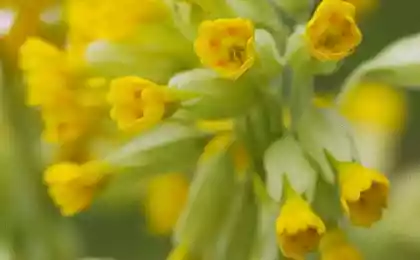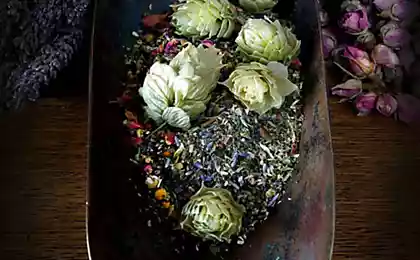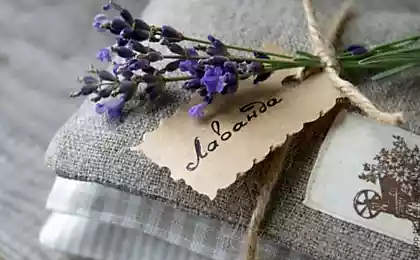470
Sleep - grass, the primrose in your garden
Somehow, in our gardens cross unfortunately is not as common as we would like.
Even Aksakov in the book "Childhood Bagrova-grandson" wrote: "All ramps were covered under the snow with tulips, called sleep." From unpredictable spring weather, the stalks, buds and luxurious sparkling flowers sleep-grass protected dense gentle down. And even stuck strong spring frosts wilted the buds will rise and come alive... because they are the true primroses.
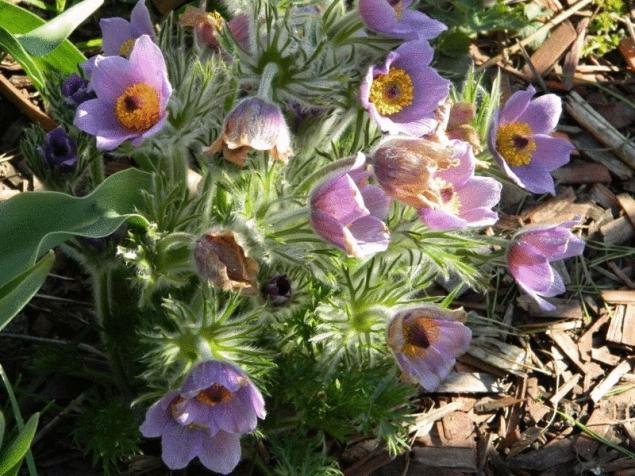
This flower charms and its beauty, and early flowering, and touching the fluffy fruits.
The genus name comes from the Latin word "pulsare" — to waver, to move, as the flowers sway from the slightest breath of wind. And the shot they called, apparently, because in the spring the stems with buds, like arrows, pierce the ground. "Sleep-grass" — bowed, like a drowsy flower. In addition, the plant has a sedative effect calms, and in higher doses is sedative.
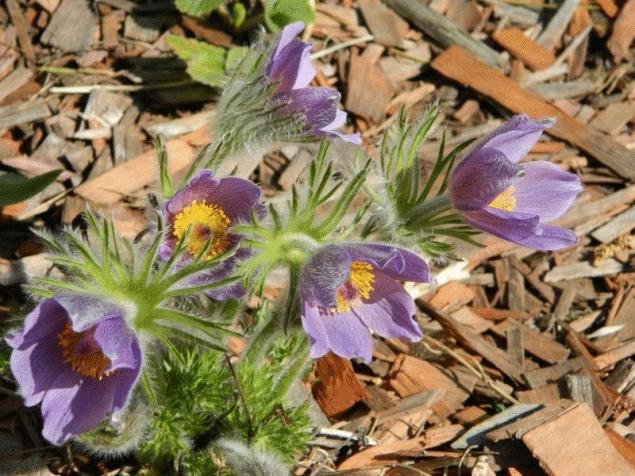
In dry seasons the plants are watered and mulched with humus or peat. Winter backache despite their high winter hardiness, in the event of snowless frost covering spruce branches. In addition, plants need protection from winter moisture. In one place the cross grows well and blooms 6-10 years.
Crosses are propagated by seeds remain viable for three years that it is best to sow in spring in well-heated (optimum temperature for germination is 20-25°C) soil or a winter. Seeds a cross with a long tuft. Wet in wet soil, the tuft is twisted, like a little corkscrew, and pulls the seed into the soil. When spring sowing seedlings appear after 3-4 weeks. Seedlings need shading. Seedlings bloom in the second or third year.
Now the cross looks like this
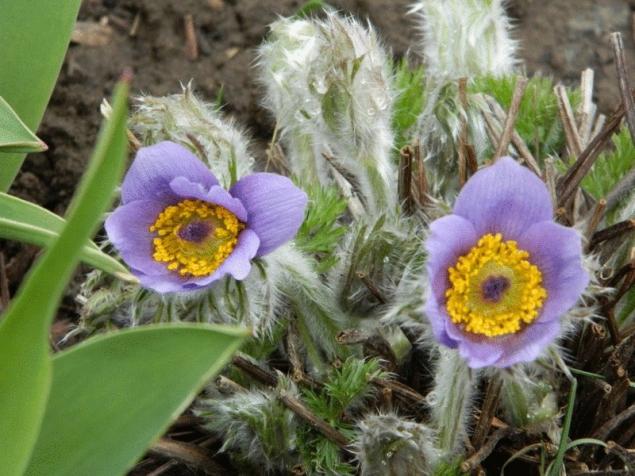
The people was attributed to cross and miraculous properties. For example, in the old herbalist said, "Who wears the grass with him, even the devil flees in the house — good to keep, and mansions to build under a corner to put, to live gracefully will."
Source: www.7dach.ru
Even Aksakov in the book "Childhood Bagrova-grandson" wrote: "All ramps were covered under the snow with tulips, called sleep." From unpredictable spring weather, the stalks, buds and luxurious sparkling flowers sleep-grass protected dense gentle down. And even stuck strong spring frosts wilted the buds will rise and come alive... because they are the true primroses.

This flower charms and its beauty, and early flowering, and touching the fluffy fruits.
The genus name comes from the Latin word "pulsare" — to waver, to move, as the flowers sway from the slightest breath of wind. And the shot they called, apparently, because in the spring the stems with buds, like arrows, pierce the ground. "Sleep-grass" — bowed, like a drowsy flower. In addition, the plant has a sedative effect calms, and in higher doses is sedative.

In dry seasons the plants are watered and mulched with humus or peat. Winter backache despite their high winter hardiness, in the event of snowless frost covering spruce branches. In addition, plants need protection from winter moisture. In one place the cross grows well and blooms 6-10 years.
Crosses are propagated by seeds remain viable for three years that it is best to sow in spring in well-heated (optimum temperature for germination is 20-25°C) soil or a winter. Seeds a cross with a long tuft. Wet in wet soil, the tuft is twisted, like a little corkscrew, and pulls the seed into the soil. When spring sowing seedlings appear after 3-4 weeks. Seedlings need shading. Seedlings bloom in the second or third year.
Now the cross looks like this

The people was attributed to cross and miraculous properties. For example, in the old herbalist said, "Who wears the grass with him, even the devil flees in the house — good to keep, and mansions to build under a corner to put, to live gracefully will."
Source: www.7dach.ru


